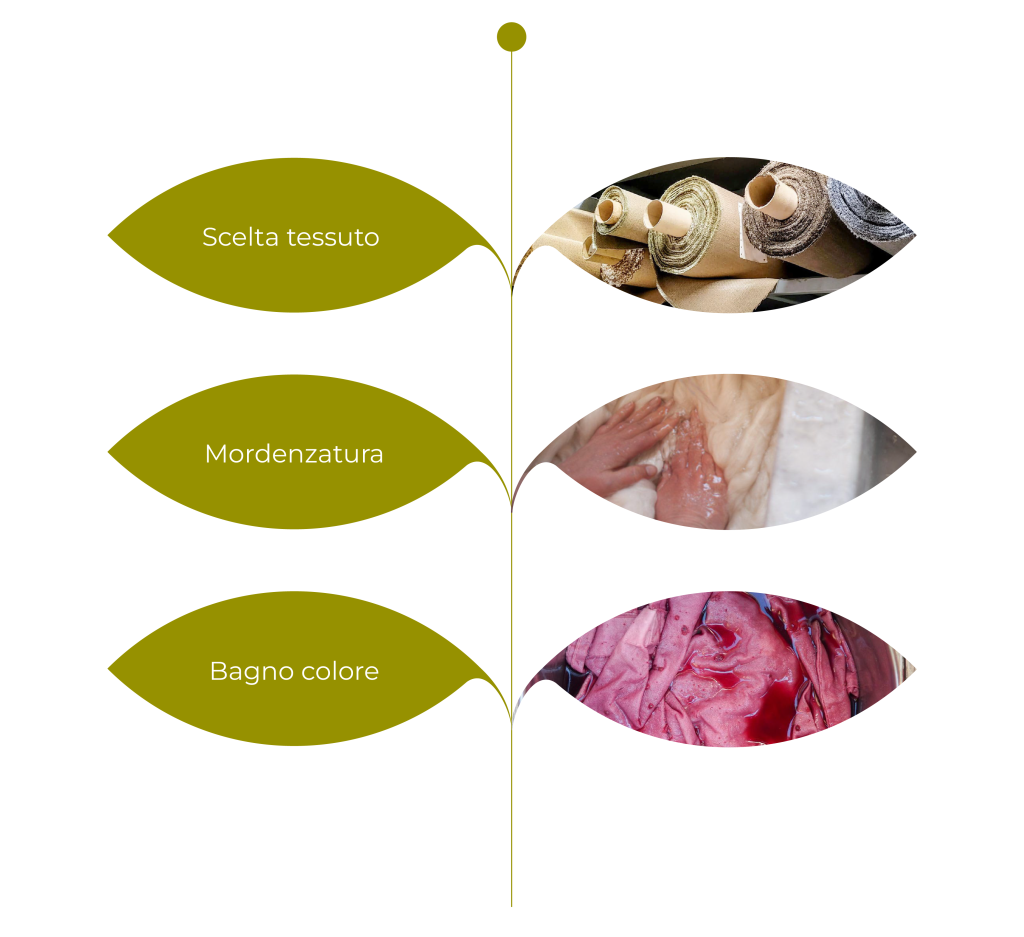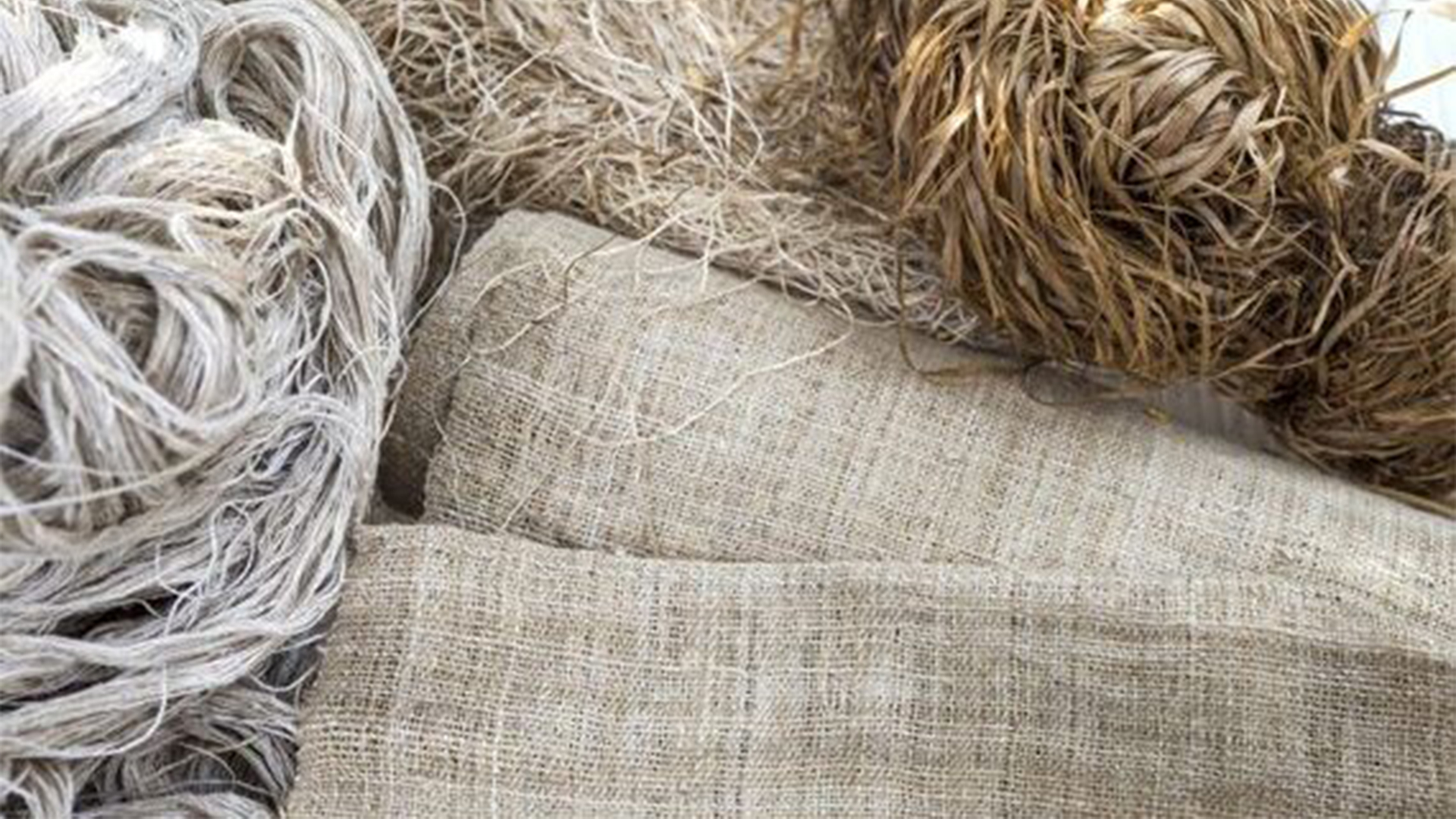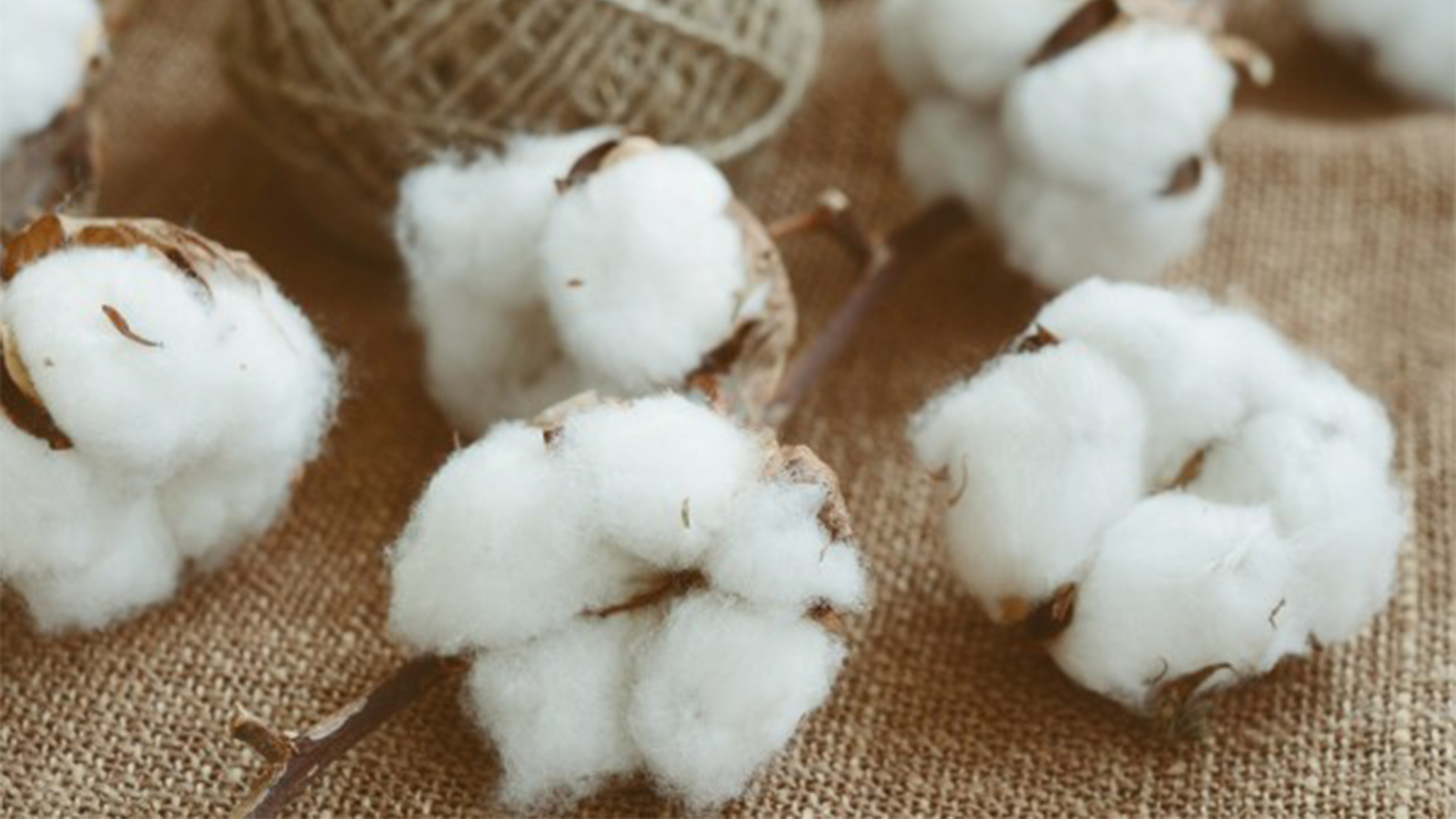Production processes
Natural Dye
Fabric dyeing employs 100% natural dyes derived from agricultural and food scraps (pomegranate peels, onion peels, prunings, etc.), native plants and wild herbs.

Ecoprinting
Vegetable printing technique that involves the use of flowers, leaves, bark, roots, etc.. that rest on a fabric and then rolled up, tied around rigid supports and baked, leaving their imprint and their color on textile materials of plant or animal origin, used.

Life Cycle Assessment (LCA) is an objective, standardized analysis method for quantifying the potential environmental and human health impacts associated with a good or service throughout its entire life cycle, from raw material acquisition to end of life. Thanks to the natural dyeing process, the clothes in the SS22 collection saved significant amounts of water and significantly limited CO2 emissions and chemical releases.
On average, each suit avoided the emission of 1.3 kg of CO2, saved 1288 L of water, and avoided the release of 20.6 CTUs into the environment (CTU is the reference unit used by the USEtox model to assess the impact on ecosystems of chemical release).
Environmental Sustainability Report
Natural Fibers

Canapa
The growth of hemp is rapid and does not require special attention. From hemp we obtain a yarn with a high thermal insulation and breathability at the same time, which behaves like wool: cool in summer and warm in winter. Hemp fabrics combine strength with softness.
Hemp fiber reflects ultraviolet rays, shields from electrostatic fields, does not conduct electricity, is hypoallergenic and antiseptic.
Hemp plantations do not require aggressive treatments with pesticides, herbicides or other chemical products, it has robust roots that induce oxygenation of the soil and is capable of reclaiming polluted soils and enriching them (increasing their productivity) thanks to a strong contribution of nitrogen. Hemp is also one of the most efficient plants in converting carbon dioxide into oxygen.

Bamboo
Soft, Breathable, Hypoallergenic.
Bamboo is a plant that contains cellulose and, similar to hemp, can be grown without the use of synthetic chemical fertilizers, pesticides or defoliants.
The bamboo fiber fabric, thanks to its properties and benefits, is particularly suitable for being in direct contact with the skin. Its ability to absorb moisture and be naturally antibacterial make it a perfect fabric for all types of clothing.
Thanks to the presence in the weave of the fabric of multiple cavities and air cushions, bamboo makes garments highly breathable, with a very high capacity to absorb liquids, such as humidity and sweat, which evaporates three times faster than traditional cotton, giving freshness for a long time and removing bad odors.

Organic Cotton
Breathable, Sustainable,
no Pesticides
About 30% of the pesticides sold in the world are used for the cultivation of traditional cotton, which are very harmful to our planet and possible sources of allergies for the wearer, given the residues present in the staple.
The cultivation of organic cotton reduces gas emissions that alter the climate by 46%, reduces water consumption for irrigation by 91% and primary energy by 62%, without considering the 26% reduction in "production" algae which usually occurs due to the excessive enrichment of nutrients in water courses and canals.
Non-organic cotton therefore contains chemicals that can cause dermatitis and skin irritation. Organic cotton, on the other hand, is hypo-allergenic and is ideal for people with allergies. Organic cotton is defended from insects by promoting the activity of birds and other insects that are enemies of the infesting ones, or in any case by using pesticides of natural origin.

Nettle
Hypoallergenic,
Resistant, Precious.
Nettle is a vegetable fiber obtained from wild nettle (Urtica dioica), a perennial herbaceous plant belonging to the Urticaceae family. Thanks to its high resistance to pathogens and stinging properties, its cultivation does not require the use of herbicides and anti-parasites.
Long, shiny and uniform, nettle is a highly sought-after fiber.
It is elastic, resists twisting, and unlike other fibers, its strength increases over time. Excellent thin and flexible yarns are obtained from the nettle which are also strong and tenacious.
The nettle fiber is soft, resistant and breathable like linen, shiny like silk. It is a natural fiber, 100% biodegradable, which also has antistatic properties.

Silk
It is a fiber that has been loved since the dawn of time because it has many unique qualities and properties.
It is a hypoallergenic, soft, thermoregulating, hygroscopic, breathable, recyclable and biodegradable fiber.
- The processes on silk fiber have a very low environmental impact in terms of emissions into the atmosphere
- The fiber maintains its naturalness throughout its processing;
- During its life, silk does not release polluting substances and avoids the enormous and currently unsolvable problem of pollution from plastic microfibers characteristic of synthetic fibers.
- Silk fiber, being the combination of two natural proteins, leaves no residue in the environment at the end of its life.
- The silk fiber is 100% recyclable and reusable.
Despite all these properties we have decided not to put new ones into production, for this reason the pure silk fabrics with which we make our dresses come from stocks of large companies.

Lino
Linen (Linum usitatissimum) is a natural fiber, composed of 70% cellulose, with a very ancient origin, with different properties that make it a truly valuable fabric, much appreciated for its many qualities:
Sustainable: its cultivation enriches the humus of the soil and does not exploit the use of artificial irrigation (rainwater is sufficient) or pesticides; it is also 100% recyclable and biodegradable.
Hypoallergenic and bactericidal, excellent even on the most delicate skin types.
Resistant: it does not get damaged by repeated washing but on the contrary, thanks to them it acquires greater softness, it does not deform or yellow, on the contrary it becomes gradually whiter.
Thermoregulator: able to give freshness (it is perfect for summer clothes) but at the same time manages to keep the heat constant (therefore it is also good in winter).
Breathable: this fabric is able to optimally absorb moisture and at the same time allow the skin to breathe; it also manages to filter UVA rays.
Dyeing material


Create your dress
If you prefer to customize your outfit in some way or don't recognize yourself
in the sizes available among our products, on this page we will explain to you
how to take measurements of your body!
Once the dress is defined you can indulge in choosing the color that
prefers the ability to match a print.
